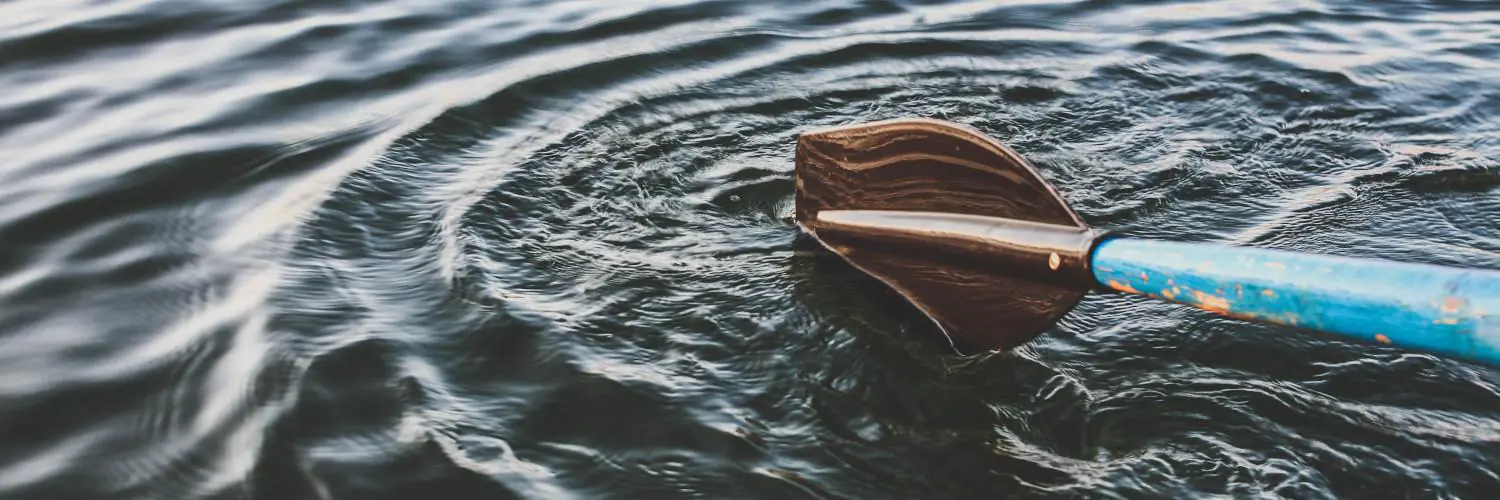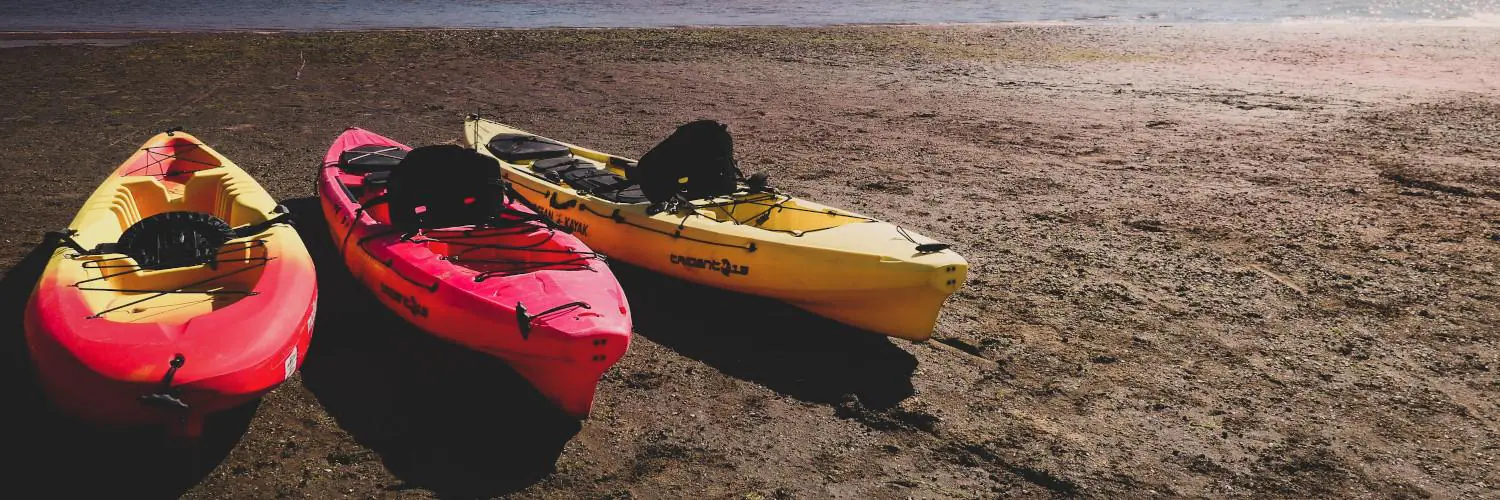Kayakers venturing into the great outdoors face a host of challenges and experiences; among them, the health of their ears is paramount. Prolonged exposure to cold water and winds can lead to a condition known as exostosis or “surfer’s ear,” characterized by abnormal bone growth within the ear canal. This condition can result in trapped water, frequent ear infections, and can eventually lead to hearing loss. Safety and preventive measures in water sports are essential, and the use of ear plugs is a simple yet effective strategy.
Ear plugs designed for kayakers and other water sports enthusiasts serve not just as a barrier against water but also help maintain a warmer ear canal environment, which can deter the bone growth associated with surfer’s ear. While maintaining audio clarity is a concern for some, advancements in ear plug design have enabled the creation of products that protect the ears without significantly compromising hearing. Proper ear protection, in the form of ear plugs, is an investment in one’s health and ensures that water sports remain a safe and enjoyable pursuit for years to come.
Table of Contents
Understanding Ear Protection for Kayaking
In the realm of water sports, kayakers confront unique challenges to their ear health. Protection from cold water and wind is critical to prevent ear damage and to maintain good hearing.
Causes of Ear Damage in Water Sports
Repeated exposure to cold water and winds while kayaking can lead to abnormal bone growth within the ear canal, a condition known as exostosis. This growth can create blockages, trapping water and making the ear more susceptible to infections. Participants in water sports, especially kayakers, risk developing this condition which can progressively lead to hearing loss if left unaddressed.
The Importance of Ear Plugs for Kayakers
Ear plugs serve as a crucial line of defense for kayakers. By wearing appropriate ear protection, one can significantly reduce the risk of ear complications such as surfer’s ear and swimmer’s ear. These conditions not only diminish hearing but can also lead to recurrent infections. As such, water-sport enthusiasts are encouraged to use gear like ear plugs that are specifically designed to keep water out of the ear canal and prevent these issues.
What is Exostosis and How to Prevent It
Exostosis, commonly referred to as surfer’s ear, is characterized by the growth of bone within the ear canal. This is the body’s natural response to prolonged exposure to cold water and wind. Prevention is better than cure, and in the case of kayakers, wearing custom or generic earplugs can be effective. Additionally, wearing a neoprene cap over the ears provides extra protection and warmth, helping to discourage the development of exostosis. It is essential that ear protection gear meets the required safety standards for water sports to ensure adequate defense against the elements.
Selecting the Right Kayak Ear Plugs
Selecting the ideal ear plugs for kayaking ensures comfort and ear protection. Users should consider material, design, fit, and features that accommodate hearing and balance on the water.
Material and Design Considerations
The material and design of kayak ear plugs are crucial for durability and comfort. Silicone and soft plastic are commonly used materials that offer a secure seal against water. Users should look for a design that is molded to the shape of the ear canal, providing a comfortable fit. Additionally, some ear plugs come with interchangeable parts to cater to different ear sizes or conditions, enhancing their versatility.
Ensuring the Perfect Fit
A proper fit is essential to prevent water from entering the ear canal. It’s advisable to choose ear plugs that are available in multiple sizes or have adjustable features. Some brands offer custom-molded options, which are shaped to the unique contours of the user’s ears, ensuring a snug, personalized fit that stays in place during rigorous paddling.
Features for Enhanced Hearing and Balance
The right kayak ear plugs should not only protect but also retain the user’s ability to hear and maintain balance. Some ear plugs have a hollow or vented core, which aids in preserving the natural flow of sound without compromising the watertight seal. This feature helps paddlers stay alert to their surroundings and maintain a sense of balance, which can be affected by changes in ear pressure.
When choosing kayak ear plugs, one should prioritize models that blend effective water protection with acoustic clarity. This combination enhances safety and ensures a more enjoyable kayaking experience.
Top Ear Plug Brands and Options
Ear protection is crucial for kayakers to prevent conditions like surfer’s ear. Not all earplugs are created equal, and finding the right fit and style for kayaking is essential for comfort and efficacy.
Comparing Popular Kayak Ear Plug Models
- Surfears: Surfears ear plugs are designed with kayakers and surfers in mind, providing a secure fit and protection against the potential bone growth in the ear canal caused by repeated exposure to cold water and wind.
- Vibes High Fidelity Earplugs: Marketed for concert-goers, they also serve kayakers well by allowing them to hear necessary sounds while protecting against harmful noise levels.
- Howard Leight Disposable Foam Earplugs: An economical choice, these disposable plugs offer a good seal against water and are available in bulk for frequent users.
Pros and Cons of Different Ear Plug Styles
- Custom Fit: Offers excellent comfort and protection but at a higher cost. Suitable for regular kayakers.
- Disposable Foam: Cost-effective and easy to replace but may offer less precise fit and comfort.
- Silicone Ear Plugs: Versatile and waterproof, these can be molded to fit the ear and re-used.
- Preformed Protective Vented Earplugs: Provide a balance between protection and the ability to hear ambient sounds.
Why Surfers Choose SurfEars
Surfers and kayakers often choose SurfEars for their balance of hearing preservation and water protection. These earplugs are designed to let sound in while keeping water out, addressing comfort without compromising the effectiveness of the gear. They cater to the specific needs of water sports enthusiasts who require a combination of audible awareness and ear canal protection.
Maintenance and Care for Ear Plugs
Proper maintenance extends the life of kayak ear plugs and ensures they remain effective at protecting the wearer’s ears. Cleanliness and timely replacement are crucial.
Cleaning and Storage Best Practices
Cleaning:
- Frequency: Ideally, ear plugs should be cleaned after each use to remove any build-up of bacteria or debris.
- Procedure: Using antibacterial soap and room-temperature water, they should be gently cleaned under running water. Afterwards, they should be dried with a towel or paper towel.
Storage:
- Condition: Ear plugs must be stored in a dry and ventilated location to prevent mildew or bacterial growth.
- Case: A protective case not only prevents contamination but also helps to maintain the shape and integrity of the plugs.
When to Replace Your Kayak Ear Plugs
- Wear and Tear: Regular inspection for signs of wear such as cracks or tears is important. Distortion of the ear plugs can compromise their effectiveness.
- Performance: They should be replaced if the wearer notices a reduction in their ability to block water or if they no longer fit snugly in the ear canal.
Note: Reusable ear plugs can provide great value over time but are subject to wear and may need to be replaced periodically to maintain optimal performance.
Additional Safety Gear and Considerations
While ear plugs are essential for protecting kayakers from conditions like surfer’s ear, additional protective gear is integral for safety and comfort during various water sports activities.
The Role of Nose Plugs and Other Protective Equipment
Nose plugs are a critical piece of equipment for kayakers, especially when involved in whitewater kayaking or rafting. They help prevent water from entering the nasal passages, which can be uncomfortable and pose a risk of sinus infections. Besides nose plugs, impact protection gear such as helmets is indispensable for safeguarding against head injuries. Paddlers should also consider wearing:
- Life jackets: For buoyancy and safety in case of capsizing.
- Wetsuits or drysuits: Depending on the water temperature, to keep the body warm and dry.
- Gloves: To prevent blisters and maintain a good grip.
- Eye protection: To shield against glare and splashing.
Understanding the Impact of Wind and Weather
The wind can greatly affect the kayaking experience, from creating challenging waves to increasing the chance of hypothermia due to wet and cold conditions. Weather can also play a significant role in safety, as sudden changes can lead to dangerous situations. Paddlers should:
- Check the weather forecast before heading out
- Wear ear gear that offers noise reduction in windy conditions
- Ensure that clothing and gear are suitable for the expected weather to keep safe and comfortable








